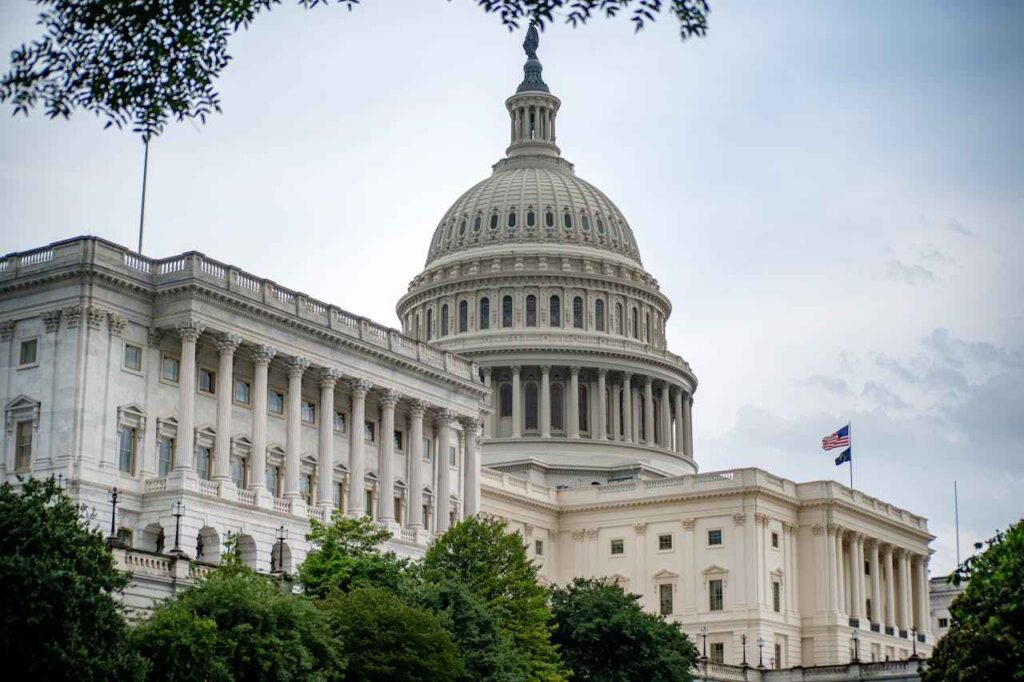The Second Biggest U.S. Expenditure Should Terrify You

It’s not Medicare. It’s not Defense. In 2025, the second-largest item in the federal budget is now interest on the national debt—and it’s accelerating fast.
📉 From 205 Years to 100 Days
- 1981: U.S. debt hits $1 trillion for the first time—after over two centuries.
- 2025: The U.S. now adds $1 trillion in new debt roughly every 100 days.
- Total national debt: Over $35 trillion and rising.
- Interest payments (2025): Projected to exceed $850 billion, second only to Social Security.
🧲 Debt-to-GDP Ratio: Critical Mass
- Debt-to-GDP: Now at 125%, a historic high in peacetime.
- Why it matters:
- Economies like Japan (260% debt-to-GDP) show how long-term stagnation can follow high debt.
- Debt over 100% of GDP is linked to slower growth, reduced resilience, and inflation pressure.
⚠️ Why You Should Care
- No return: Unlike roads or R&D, interest pays for nothing.
- Traps future budgets: Crowds out defense, education, Medicare.
- Investor risk: Foreign lenders may demand higher rates—or walk.
- Taxpayer squeeze: Fewer services, higher taxes, weaker dollar.
- Intergenerational theft: It’s an aggressive tax on future generations, including Americans not even born yet.
🧠 Final Thought
This isn’t partisan. It’s arithmetic. America is now borrowing to make minimum payments—on debt it barely controls.
If interest becomes the biggest federal expense, every other priority—security, retirement, health—gets starved.
The clock’s ticking.












